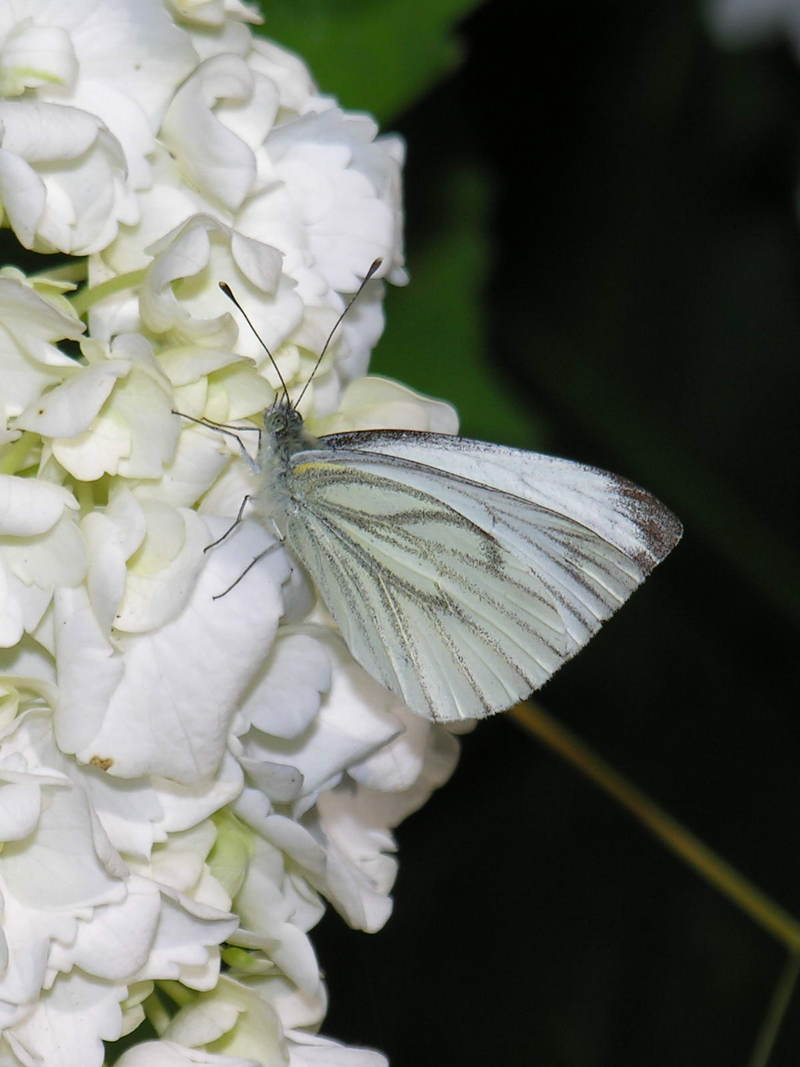|
| Query: white butterfly | Result: 203rd of 308 | |
common cabbage white butterfly
| Subject: | common cabbage white butterfly
| | Poster: | Miguel Bugallo (lmbuga@yahoo.es)
| |

| Resolution: 1200x1600
File Size: 139914 Bytes
Date: 2005:06:19 18:46:33
Camera: E8800 (NIKON)
F number: f/2.9
Exposure: 10/15000 sec
Focal Length: 710/10
Upload Date: 2005:06:20 15:53:38
|
|
|

